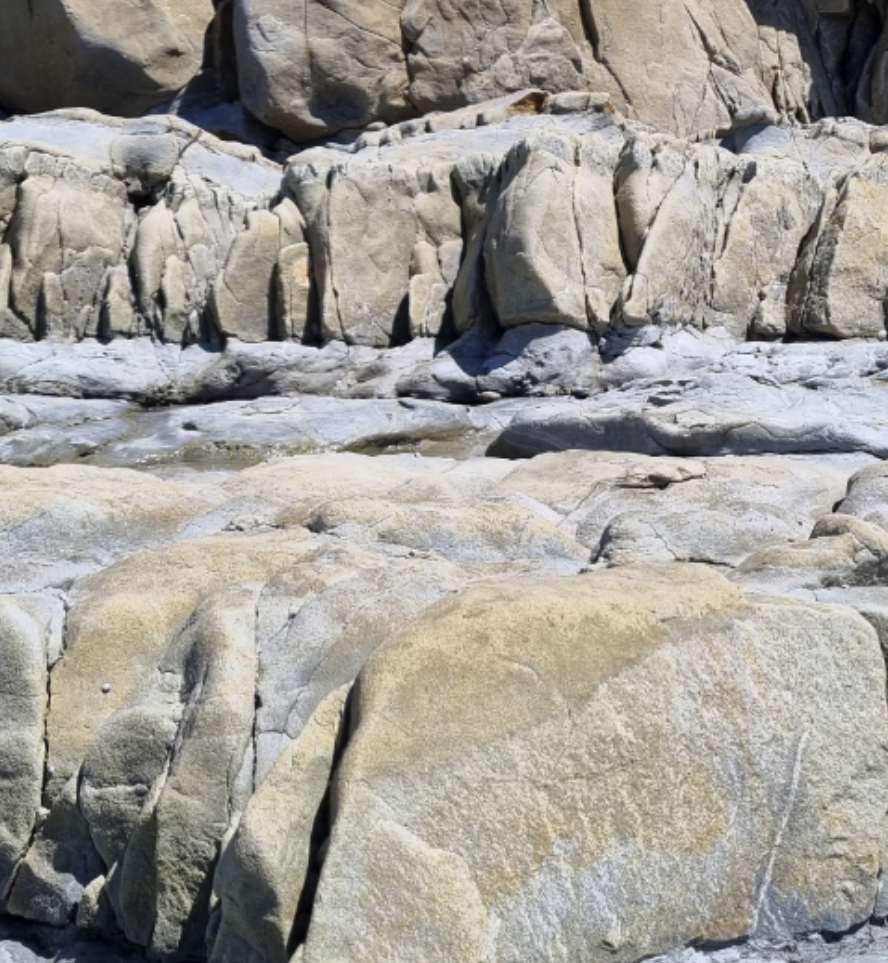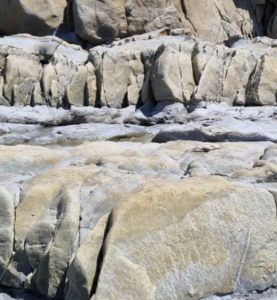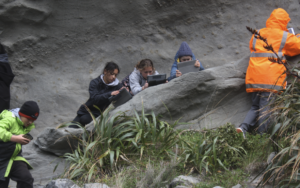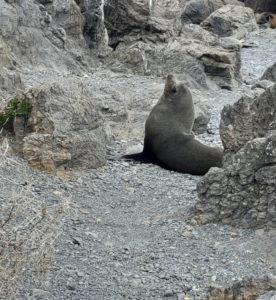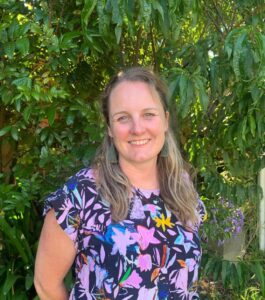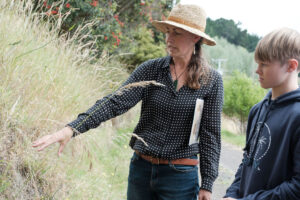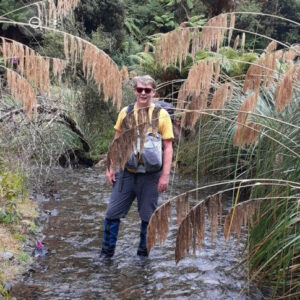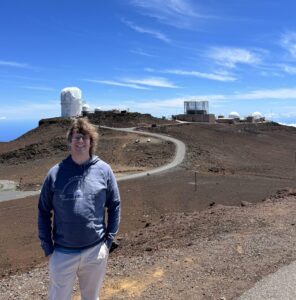https://watersafety.org.nz/crossing%20rivers%20-%20fact%20sheet
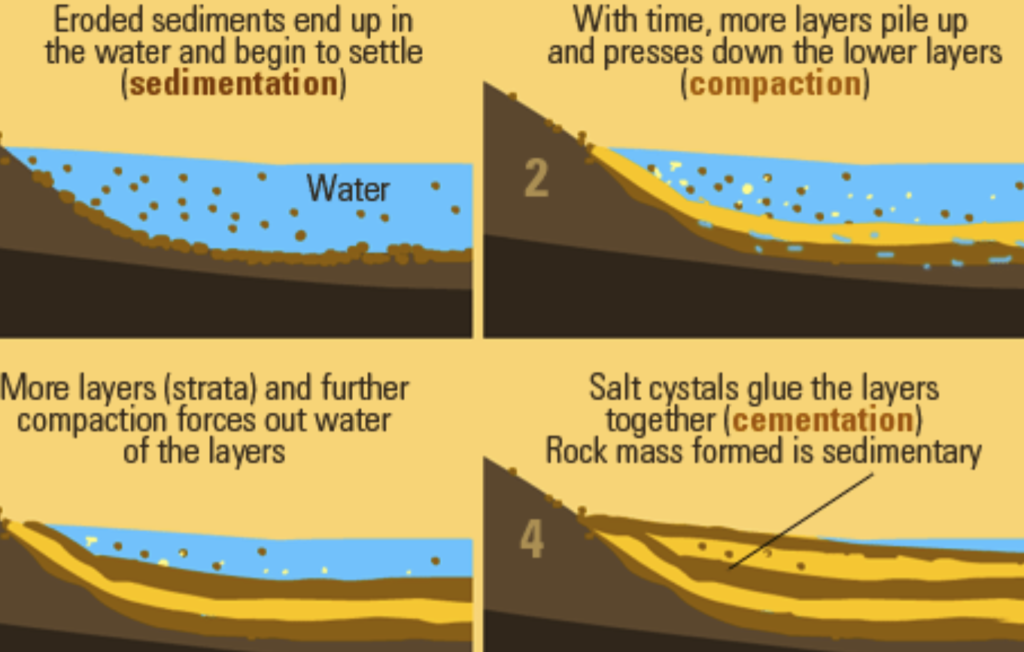
Kupe’s sail
Previously, we looked at Kupe’s Sail which is tilted at a steep angle – this sedimentary rock would have originally been horizontal.
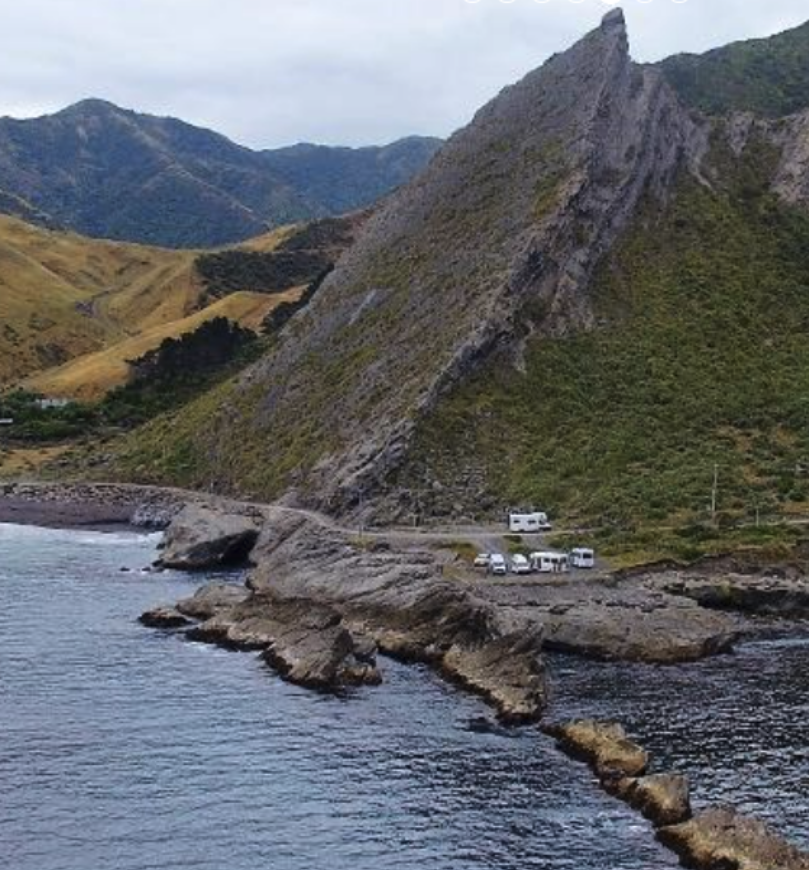
Tora coast
There are many more examples of tilted and deformed rocks on the Tora Coast.
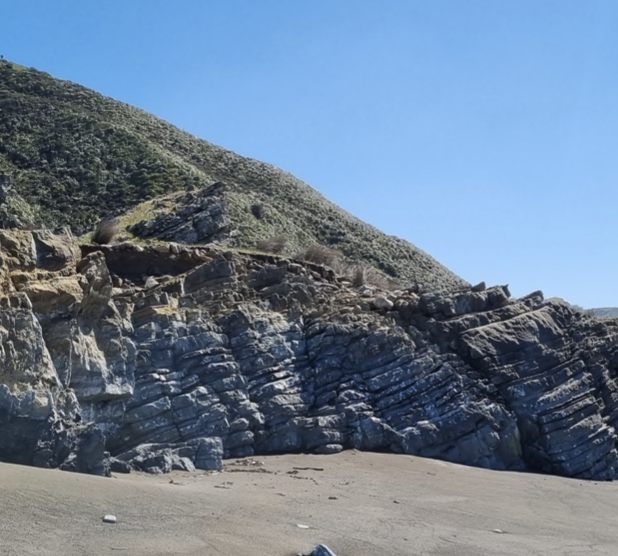
Incredible forces
The force required to uplift and tilt huge rock layers such as those observed at Kupe’s Sail and on the Tora Coast must have been HUGE.
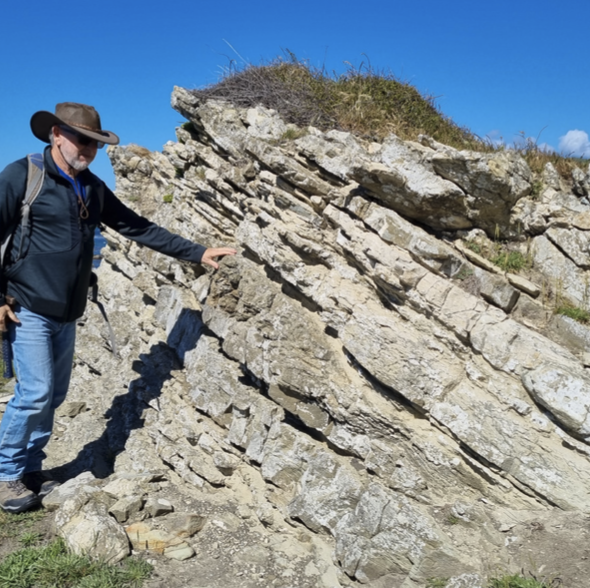
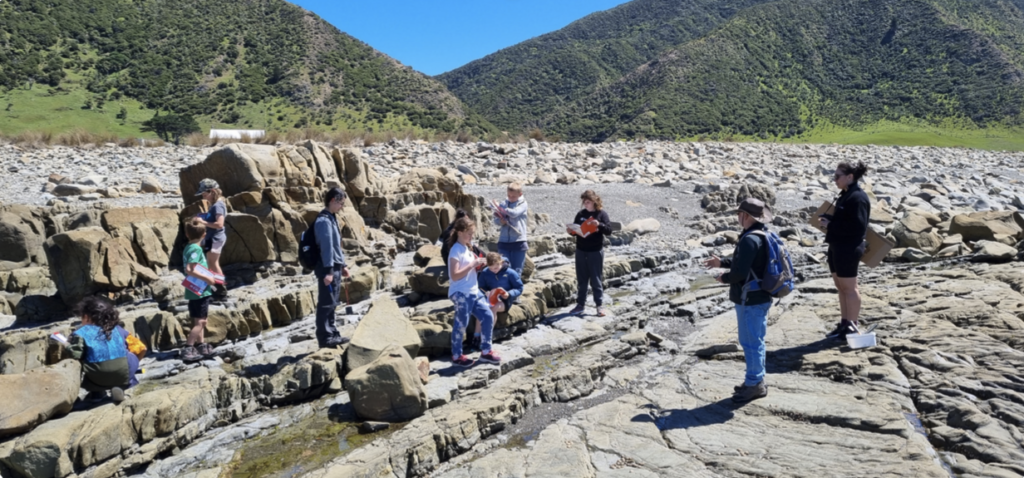
Clues to how these rocks are uplifted can be seen at many places on the Tora Coastline ….
Faults
Geoscientists believe that sedimentary rock is uplifted from the seafloor by a series of earthquakes that produce structures known as faults – fractures in the rock resulting from one part of the sedimentary layer uplifting more than an adjacent part.
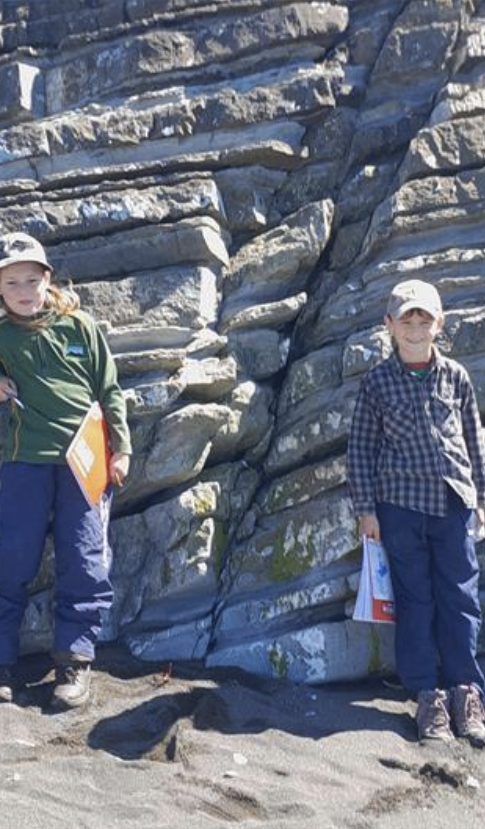
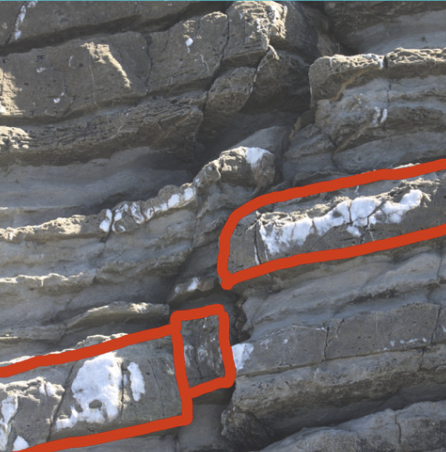
Plate tectonics
Huge tectonic plates that cover the earth move against and under each other with one plate often pushing another upwards in a series of uplifts – each resulting in earthquakes.

These forces don’t just fracture and tilt the rock layers, sometimes they fold the layers – like a crumpled rug – into a series of synclines and anticlines …
Fantastic example of a folded anticline – Tora Coast
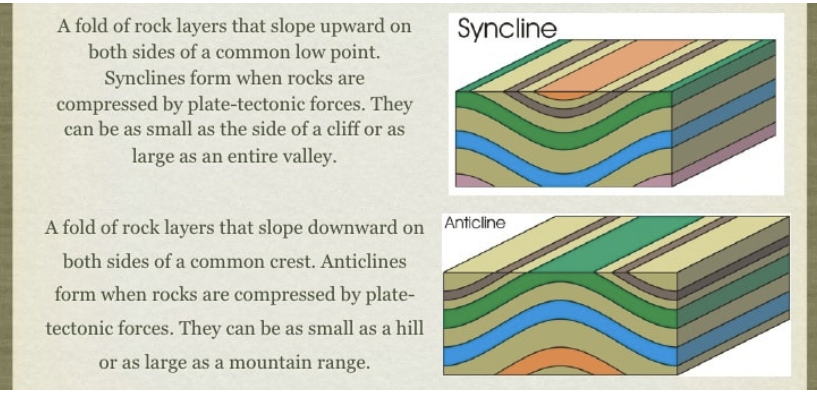
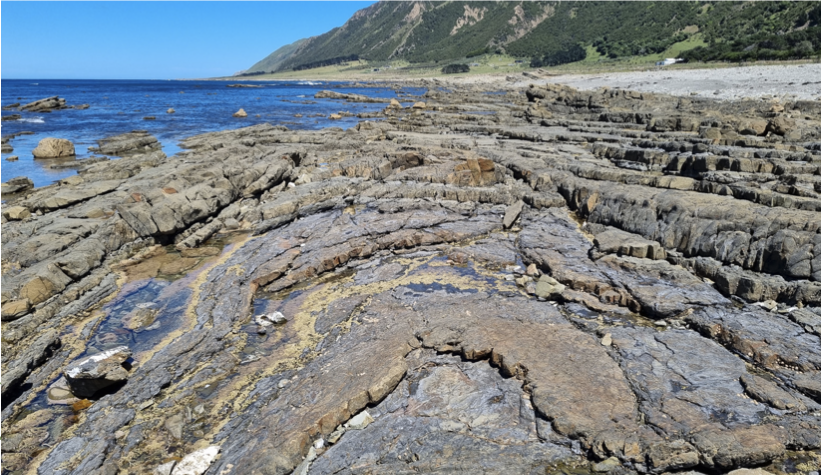
Here, at Tora beach, (see Geotrip link for directions) the rocks can be seen to be folded into an anticline. On the left-hand side of the photo the layers tilt seaward (East) and on the right-hand side they tilt landward (West)
Find out more at Geotrips
Tora Anticline: https://www.geotrips.org.nz/trip.html?id=571
Buckled beds at Te Kaukau Point: https://www.geotrips.org.nz/trip.html?id=482

